How to Improve Reaction Time for Competitive Games
Are you finding it hard to keep up with your opponents in fast-paced games? Reaction time is one of the most critical factors in achieving success in competitive gaming. Whether you’re dodging enemy fire in a first-person shooter or executing a perfect combo in a fighting game, quick reflexes can mean the difference between victory and defeat. Let’s dive into actionable steps you can take to sharpen your reaction time and dominate the competition.
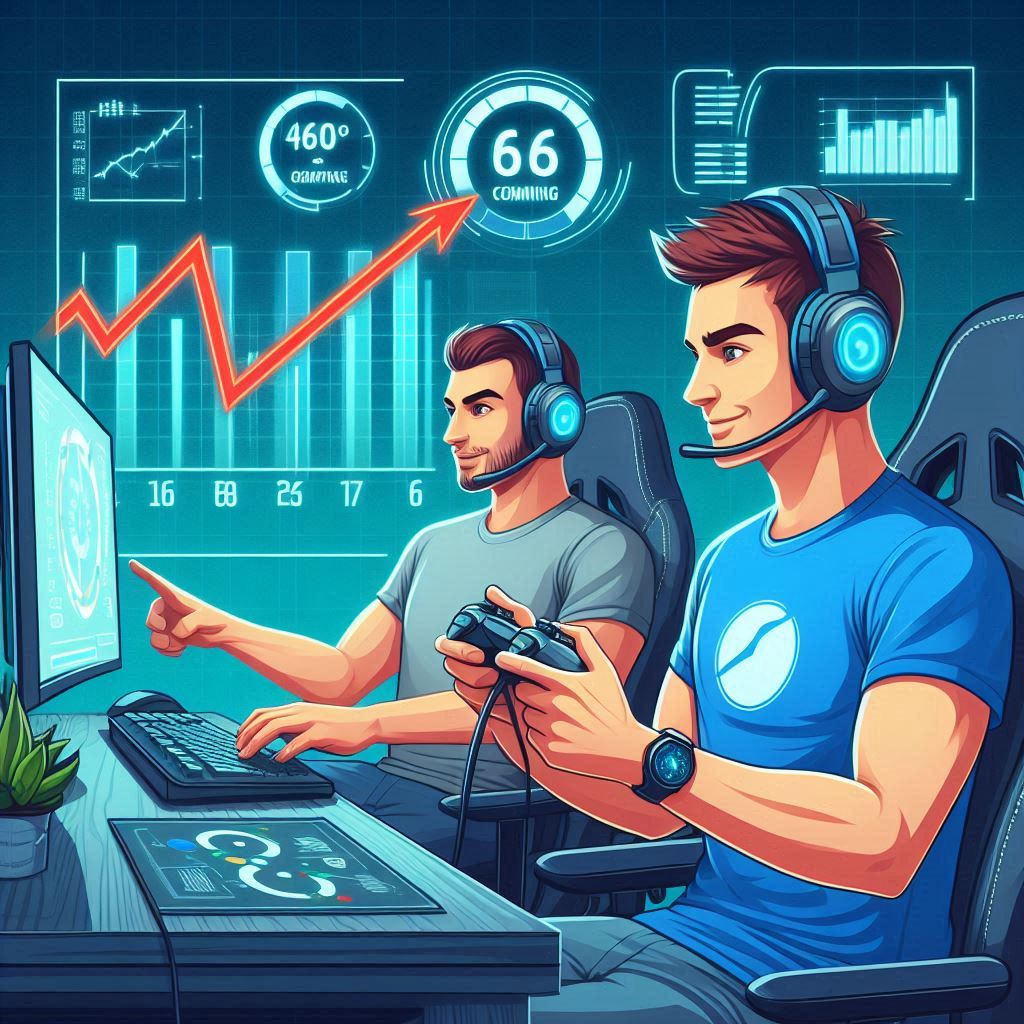
Understanding the Importance of Reaction Time in Gaming
Why Reaction Time is Crucial for Competitive Gaming
In competitive gaming, every millisecond counts. Games like Valorant, League of Legends, and Call of Duty demand split-second decision-making. A faster reaction time allows you to respond to threats, adapt strategies, and outmaneuver opponents. It’s not just about being fast; it’s about being consistently precise.
The Science Behind Reaction Time in Gaming
Reaction time is a combination of sensory input (what you see and hear), cognitive processing (how quickly you analyze the situation), and motor response (your physical actions). Improving any of these components can significantly enhance your overall performance.

Assessing Your Current Reaction Time
Tools and Tests to Measure Reaction Time
Before you improve, you need to know where you stand. Tools like Human Benchmark and Aim Lab can help measure your reaction speed. These tests are fun and provide a baseline to track your progress over time.
Analyzing Your Weak Spots
Are your visual responses lagging, or is it your hand-eye coordination? Identifying specific weaknesses allows you to tailor your training for maximum results.

Physical Fitness and Its Role in Reaction Time
The Impact of Physical Health on Reflexes
A healthy body is key to a sharp mind. Regular physical activity improves blood flow to the brain, boosting cognitive and motor skills. Activities like running, swimming, or even yoga can enhance overall reflexes.
Exercises to Enhance Reflexes and Coordination
Simple exercises, such as juggling, reaction ball drills, or playing catch, can improve your reflexes. These activities train your brain and body to work together more efficiently.
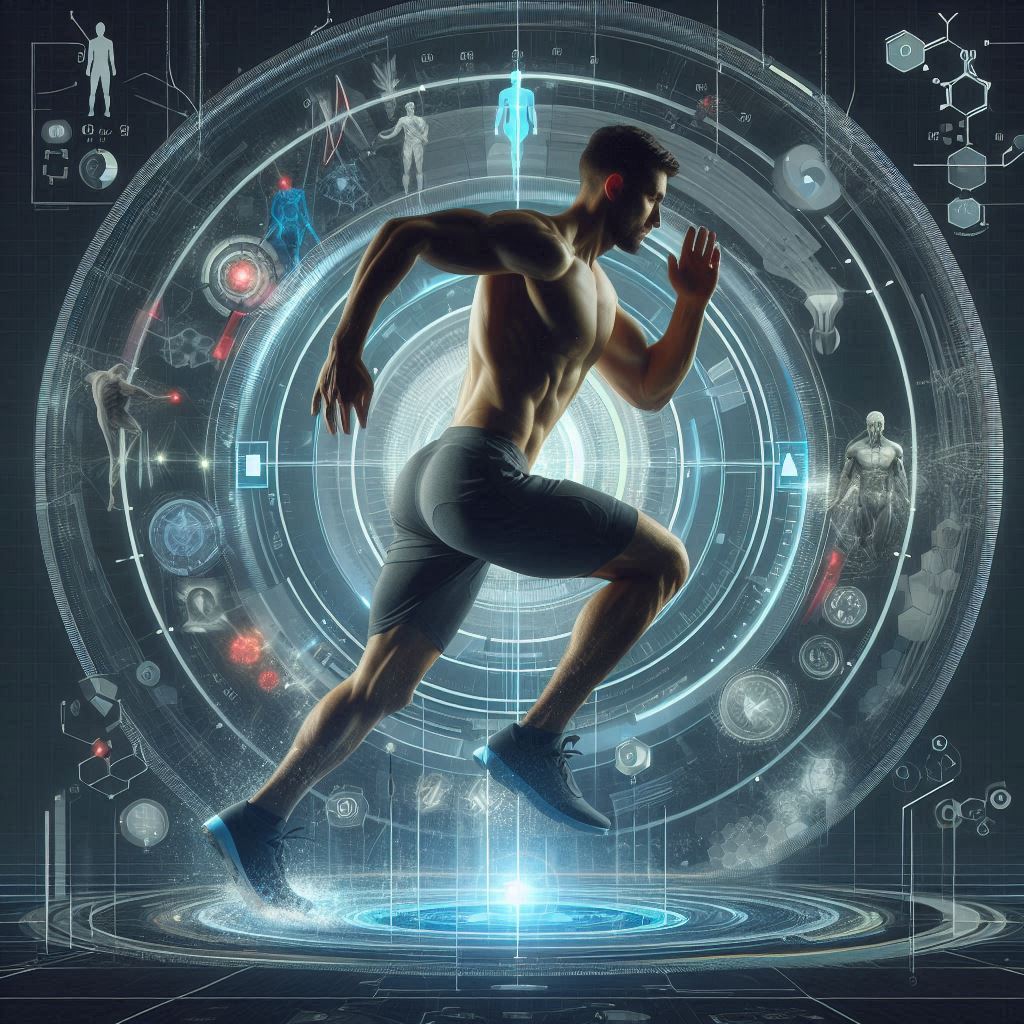
Cognitive Training to Improve Reaction Time
Brain Training Games and Apps
Apps like Lumosity or Peak can enhance cognitive speed and decision-making skills. These tools make brain training enjoyable and effective.
Visualization Techniques for Faster Reactions
Visualizing game scenarios in your mind helps you anticipate and react faster during actual gameplay. For example, imagining enemy movements in a battle royale game can train your brain for real-time situations.
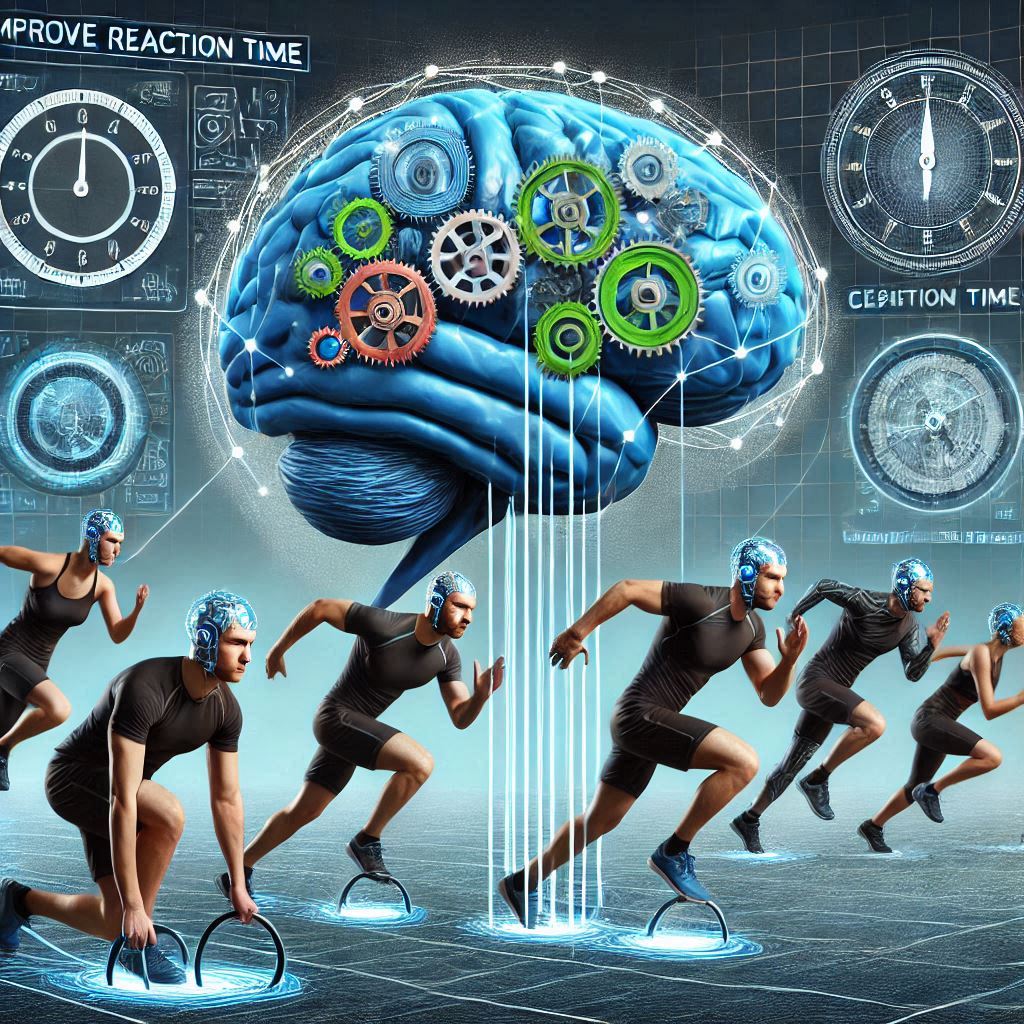
Gaming-Specific Training Techniques
Practicing In-game Scenarios
Repetition builds muscle memory, allowing you to react faster during crucial moments. Spend time practicing key moves and scenarios, such as headshot drills or dodging projectiles.
Importance of Muscle Memory in Gaming
When actions become second nature, your reaction time improves automatically. Focus on mastering specific skills until they feel instinctive.

Optimizing Your Gaming Environment
Hardware and Peripheral Choices
High-quality gaming peripherals, like a low-latency mouse, mechanical keyboard, or responsive monitor, can reduce input lag and enhance your reaction time.
Importance of Reducing Input Lag
Ensure your gaming setup has minimal latency. Adjust settings such as refresh rates and mouse sensitivity for optimal performance.
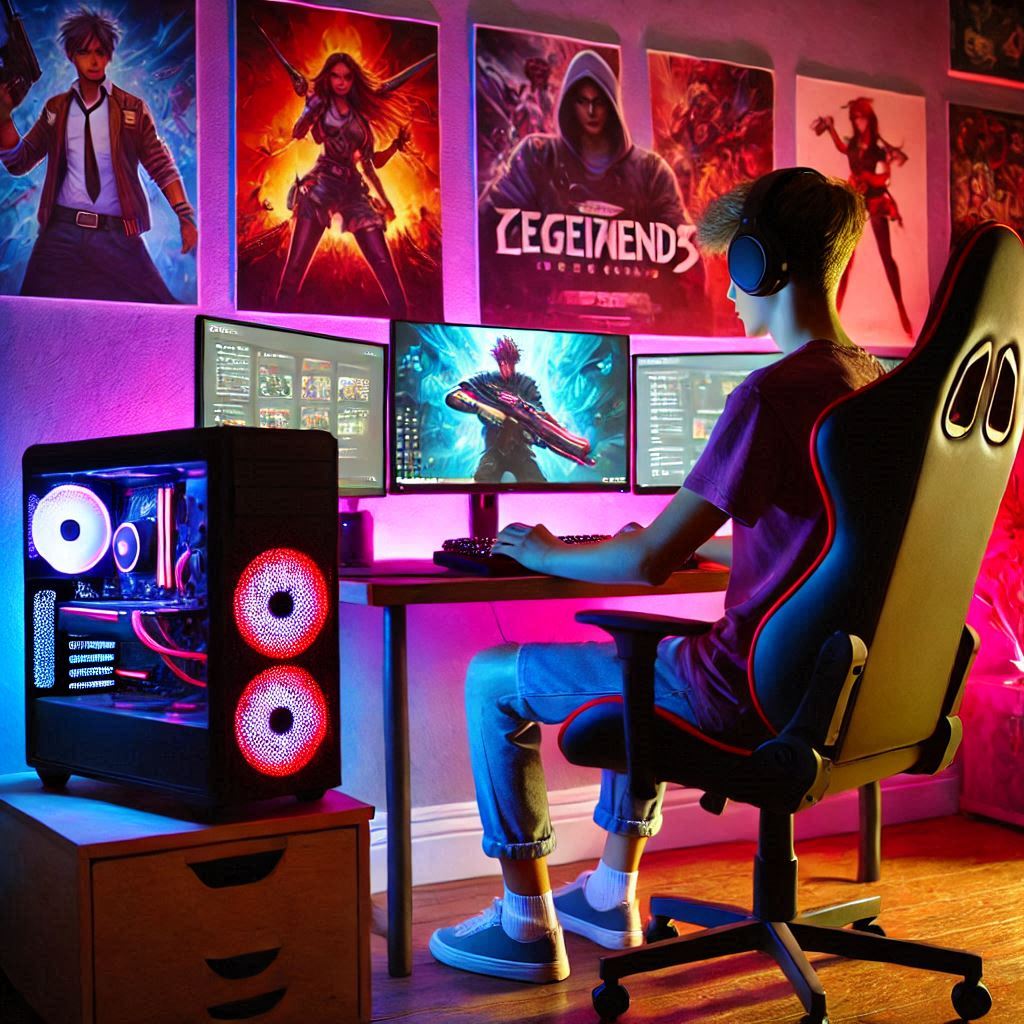
Enhancing Hand-Eye Coordination
Techniques for Better Coordination
Hand-eye coordination is a critical skill for competitive gaming. To improve this, incorporate activities like playing sports such as table tennis or badminton, which require precise timing and quick reactions. Additionally, using tools like reaction balls or following hand-eye coordination exercises on YouTube can yield noticeable results. For gamers, custom training maps in games like Overwatch or CS: GO are designed to sharpen targeting precision and movement synchronization.
How Hand-Eye Coordination Impacts Reaction Time
Your ability to see an action on the screen and instantly translate that into a physical response is at the core of competitive gaming. Poor hand-eye coordination can create a delay between identifying an opportunity and acting on it, which may cost you the match. Strengthening this connection not only enhances your speed but also improves accuracy in high-pressure scenarios.
Managing Stress and Staying Focused
How Stress Affects Reaction Time
Ever noticed how your performance dips when you’re anxious? Stress triggers the release of cortisol, a hormone that can slow cognitive processing and reduce focus. In competitive gaming, where quick decisions are crucial, stress can cause you to hesitate or overreact.
Mindfulness Techniques for Gamers
Practicing mindfulness can help you remain calm and focused. Techniques like deep breathing, progressive muscle relaxation, or using apps like Calm or Headspace can regulate stress levels. Implementing short meditation sessions before gaming helps clear your mind, allowing you to react more efficiently during critical moments.
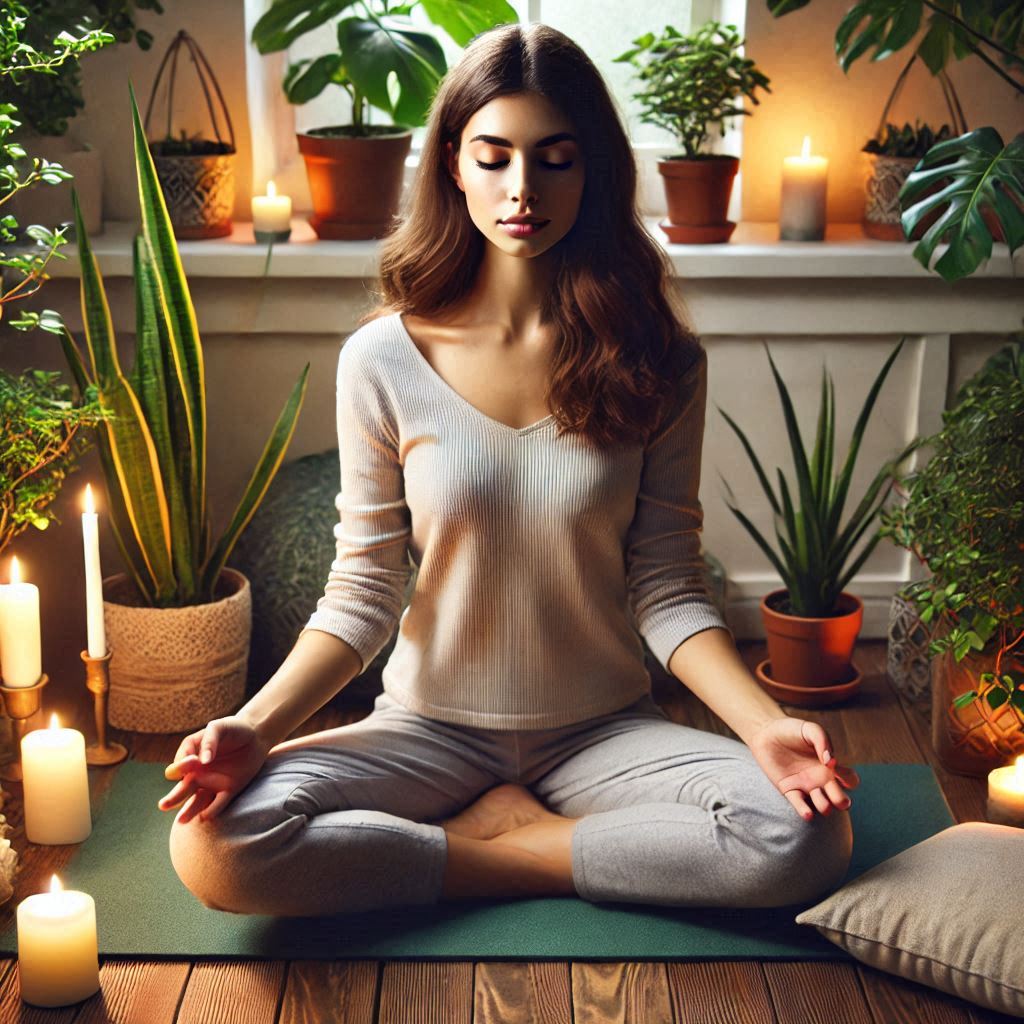
The Role of Diet and Sleep in Reaction Time
Foods That Enhance Cognitive Function
Your brain needs the right fuel to function at peak performance. Foods rich in antioxidants, omega-3 fatty acids, and vitamins such as leafy greens, nuts, and fatty fish improve brain health. Stay hydrated and avoid excessive caffeine, which can lead to jitteriness and reduce focus.
The Importance of Restorative Sleep
Lack of sleep can significantly impair your reaction time. Aim for 7-9 hours of quality sleep each night to allow your brain to process information and recover. For better sleep, maintain a consistent bedtime, limit screen time before bed, and create a relaxing pre-sleep routine.
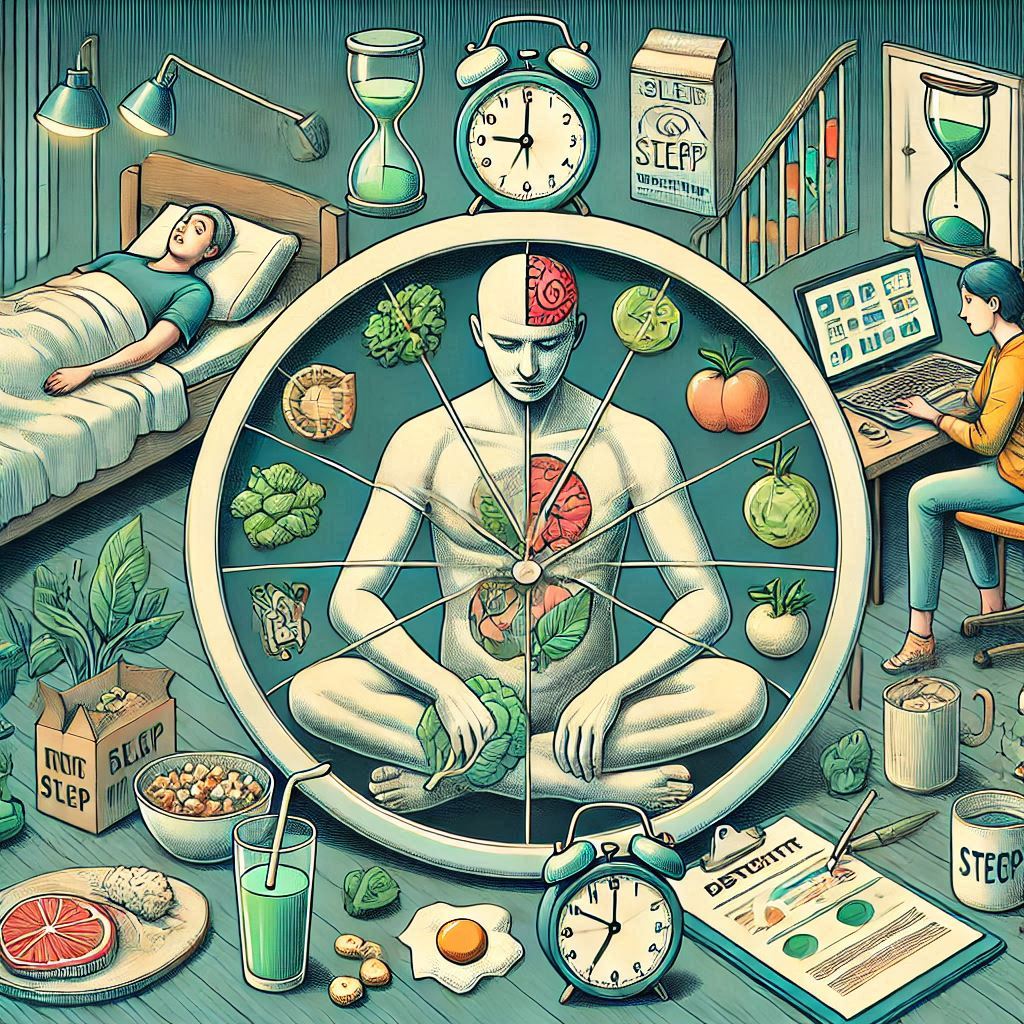
Practicing Consistently for Long-term Results
Creating a Practice Schedule
Consistency is key to mastering any skill. Develop a structured practice schedule that includes focused gameplay, specific reaction drills, and breaks. For example, dedicate 30 minutes daily to aim trainers or reflex drills before diving into matches.
Balancing Play and Rest for Optimal Performance
Overtraining can lead to burnout, reduced focus, and slower reflexes. Balance is crucial; taking regular breaks during gaming sessions ensures your mind stays sharp. Use the 50/10 rule: 50 minutes of practice followed by a 10-minute rest period.

Common Mistakes to Avoid
Overtraining and Its Negative Effects
While dedication is commendable, overtraining can backfire. Excessive gaming without breaks strains your eyes, affects your posture, and leads to mental fatigue. These factors combine to slow your reaction time instead of improving it.
Ignoring Mental and Physical Health
It’s tempting to focus solely on gaming mechanics, but neglecting your overall health will limit your improvement. Prioritize a balanced lifestyle that includes physical exercise, proper nutrition, and mental well-being to sustain peak performance over the long haul.
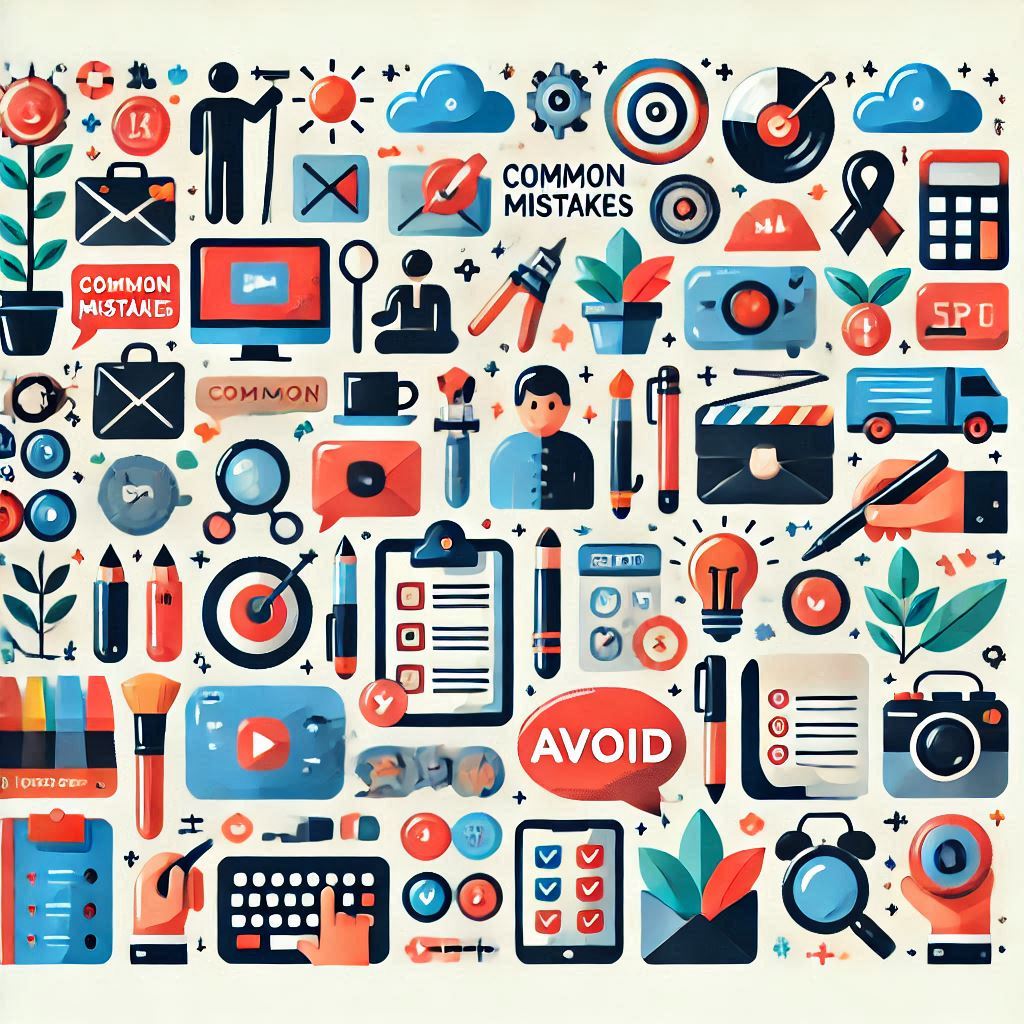
Real-life Examples of Top Gamers Improving Reaction Time
Lessons from Esports Champions
Professional gamers like Faker (League of Legends) and Shroud (Valorant) have emphasized the importance of reaction time in interviews. Their routines often include reflex training, aim drills, and even physical fitness to maintain their competitive edge.
Stories of Remarkable Transformations
Many amateur players have significantly improved their reaction time through dedication and consistent training. For example, a player struggling with slow reflexes might see drastic improvements within months of integrating aim trainers, brain exercises, and healthier habits into their daily routine.

Tracking Progress and Staying Motivated
Setting Achievable Goals
Breaking down your objectives into smaller, measurable goals helps you stay motivated. For instance, aim to reduce your reaction time by 50 milliseconds within two weeks using a tool like Human Benchmark.
Celebrating Small Wins
Every improvement, no matter how small, is a step toward your ultimate goal. Celebrate milestones such as achieving a personal best in an aim trainer or executing a flawless combo in a live match. These small wins keep your morale high and push you to keep improving.
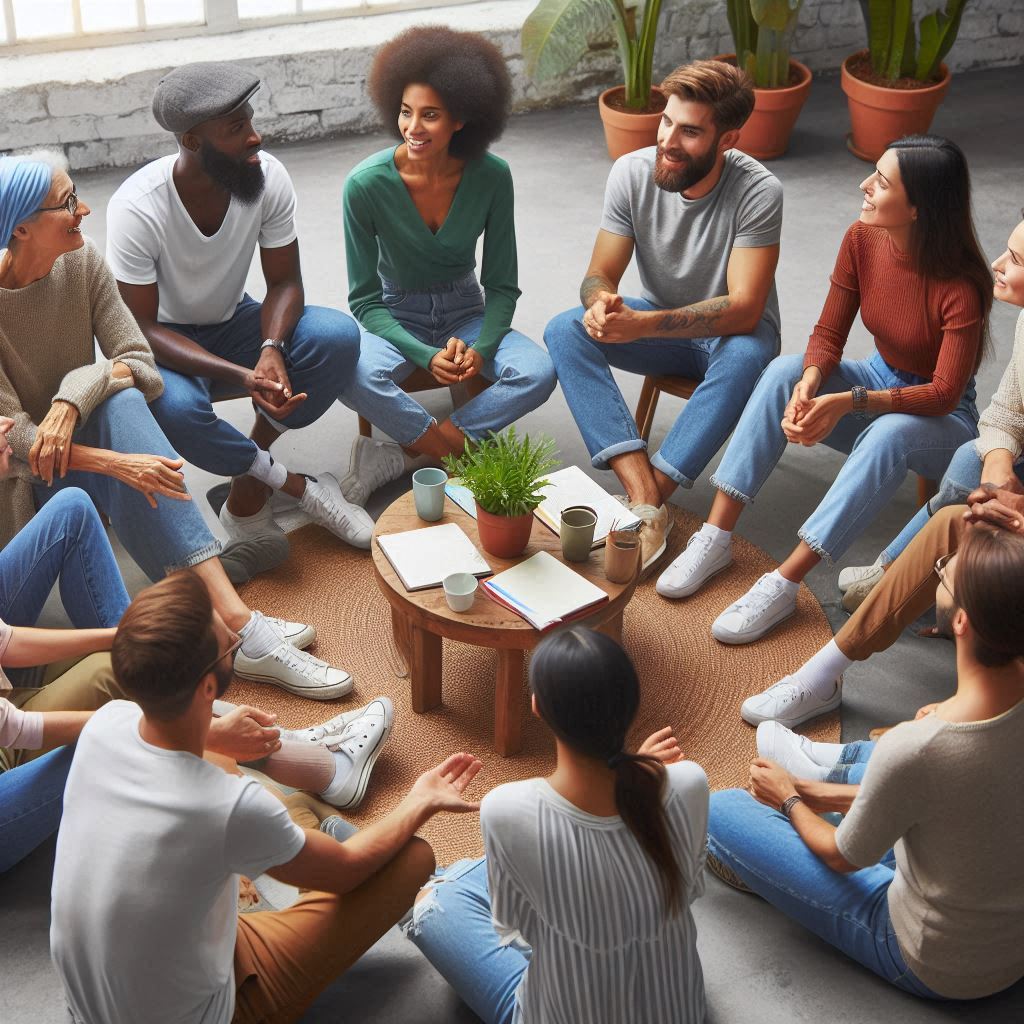
Conclusion
Improving reaction time for competitive gaming isn’t an overnight process, but it’s absolutely achievable with dedication and the right techniques. By combining physical and mental exercises, optimizing your gaming setup, and practicing consistently, you can elevate your gameplay to new heights. Remember, it’s not just about how fast you react, but how accurately you can act under pressure. Start implementing these tips today, and watch your performance soar.
FAQs
1. What is the average reaction time for a gamer?
The average reaction time for most gamers ranges between 200-250 milliseconds. However, professional players often have reaction times closer to 150 milliseconds.
2. Can I improve my reaction time after a certain age?
Yes! While reaction time may naturally decline with age, regular training and a healthy lifestyle can significantly counteract this effect.
3. Are aim trainers worth it?
Absolutely. Aim trainers like Aim Lab and Kovaak’s are specifically designed to improve reflexes, accuracy, and hand-eye coordination for competitive gaming.
4. How does posture affect reaction time?
Poor posture can restrict blood flow and cause discomfort, reducing focus and slowing reaction time. Maintaining proper posture ensures optimal gaming performance.
5. Can meditation really help improve reaction time?
Yes, meditation reduces stress and improves focus, both of which are crucial for faster decision-making and better reaction times during competitive play.